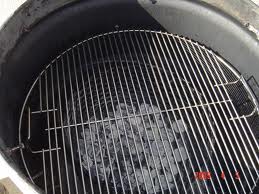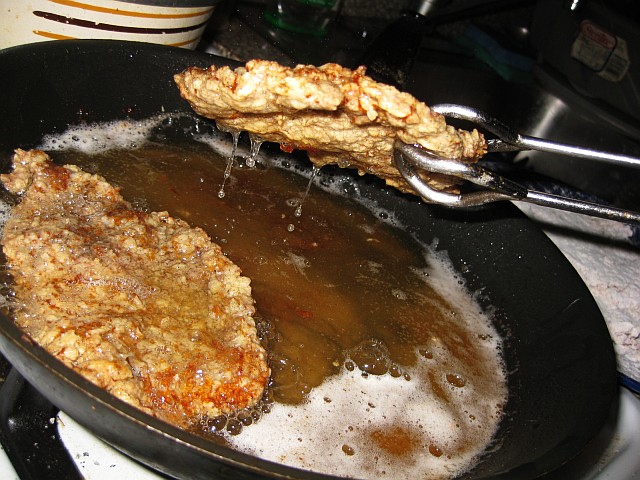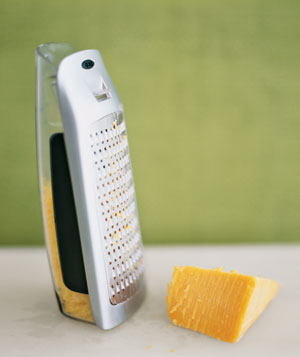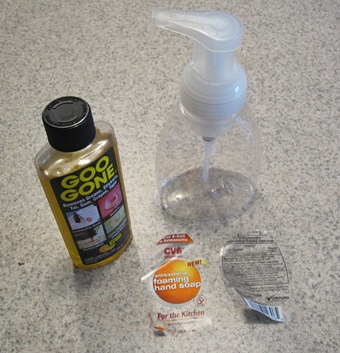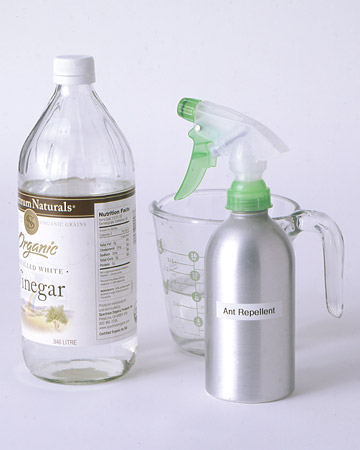Stovetop Splatters

As soon as the stove has cooled enough to touch (but isn't so cool that the spill has hardened), wipe away the mess.
Cover dried-on spills with a wet, soapy dish cloth and let it sit while you tackle another cleaning challenge. Use the cloth to wipe up the softened spill.
For stubborn, neglected messes, make a paste of three parts baking soda to one part water. Apply to the spill, leave on for 10 minutes, and wipe away with a damp paper towel.

